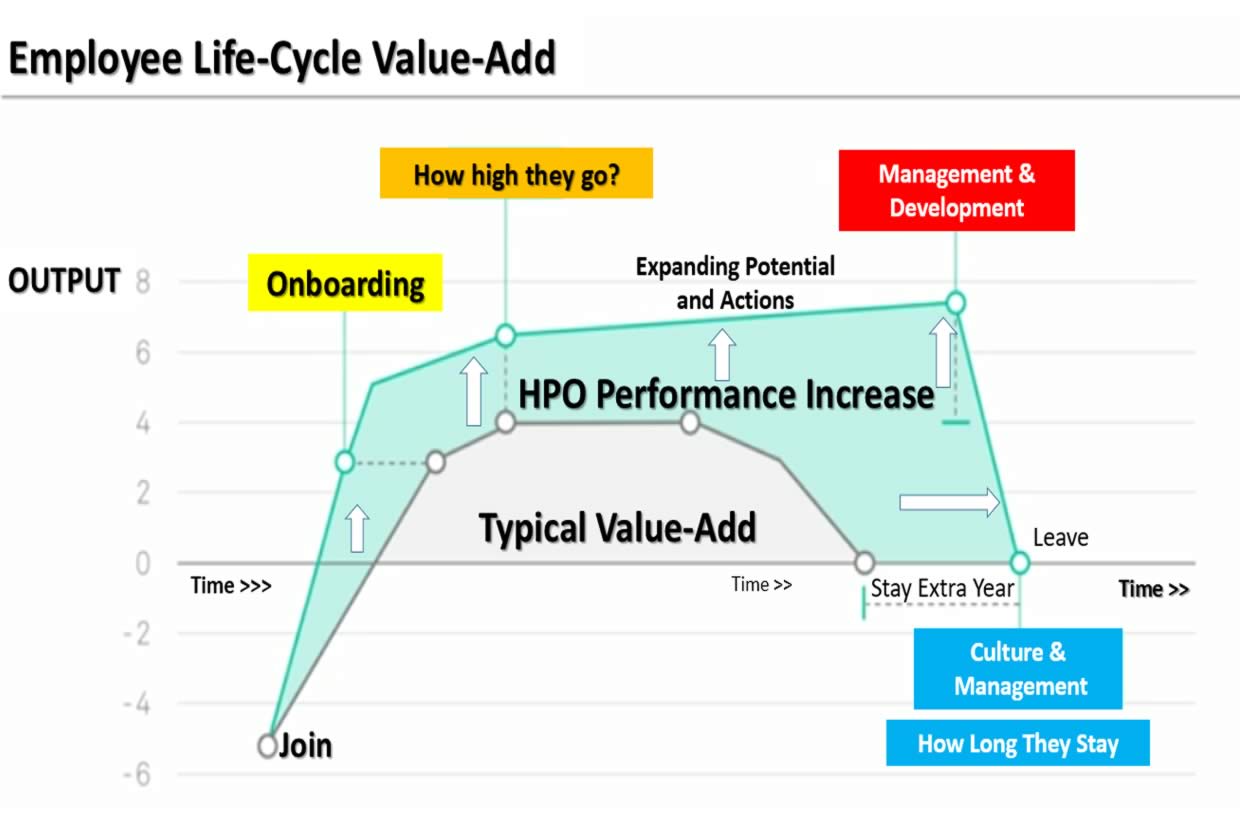Limitless Leadership Training / Coaching
Google’s research proves 9 out of 10 Managers/leaders are incompetent and ineffective. 70% of company success is directly based on manager competence!
Strategy Tactics and Execution
Strategy is the high-level plan designed to achieve long-term goals.
It involves making choices about where a business wants to go, how it will get there, and what resources and actions are needed to reach its objectives.
Strategy provides a direction and framework for decision-making within an organization.
Tactics, on the other hand, are the specific actions and methods employed to implement the strategy.
Tactics are more detailed and focused than strategy, and they involve the use of specific tools, techniques, and resources to achieve short-term goals.
They are often flexible and adaptable to changing circumstances.
Execution refers to the actual implementation of the chosen strategy and tactics.
It involves putting plans into action, allocating resources, and coordinating activities to achieve the desired outcomes.
Execution requires effective communication, coordination, and monitoring to ensure that the strategy and tactics are being implemented as intended.

Strategy Tactics Execution Story
To better understand these concepts, let me share a metaphorical story:
Imagine a group of explorers planning a journey to reach a treasure hidden deep within a dense forest.
The leader of the group, who represents the strategist, studies the map, analyzes the terrain, and considers various factors such as time, resources, and risks.
The leader formulates a strategy: to reach the treasure by following a specific route that avoids known dangers and maximizes the chances of success.
The strategy includes decisions about the general direction, the overall approach, and the allocation of resources.
Next, the leader assigns tasks to the individual explorers, representing the tactics.
Each explorer is given a specific role and equipped with the necessary tools and instructions to navigate through the forest.
Some explorers might be responsible for clearing paths, while others focus on setting up camps or creating markers to track progress.
These tactical actions are designed to support the overall strategy and overcome the specific challenges encountered along the way.
Finally, the explorers begin their journey into the forest, executing the strategy and tactics.
They work together, communicating and coordinating their efforts, adjusting their plans as they encounter unexpected obstacles or opportunities.
The success of their execution depends on their ability to adapt, collaborate, and stay focused on the shared goal of finding the treasure.
In this story, the strategy represents the overarching plan to reach the treasure, the tactics represent the specific actions taken by each explorer to navigate the forest, and the execution represents the actual journey and implementation of the strategy and tactics.
In the business world, just as in the forest, a well-designed strategy provides a roadmap for success, while effective tactics and execution bring that strategy to life and lead to the achievement of desired outcomes.

